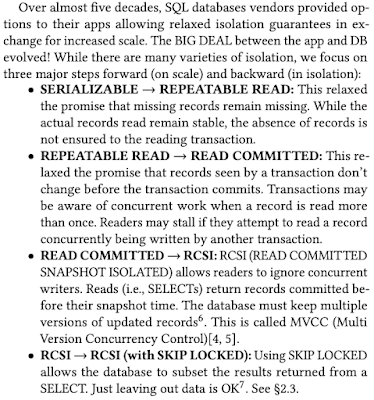Disaggregated Database Management Systems

This paper is based on a panel discussion from the TPC Technology Conference 2022. It surveys how cloud hardware and software trends are reshaping database system architecture around the idea of disaggregation. For me, the core action is in Section 4: Disaggregated Database Management Systems. Here the paper discusses three case studies (Google AlloyDB, Rockset, and Nova-LSM) to give a taste of the software side of the movement. Of course there are many more. You can find Aurora , Socrates , and Taurus , and TaurusMM reviews in my blog. In addition, Amazon DSQL (which I worked on) is worth discussing soon. I’ll also revisit the PolarDB series of papers , which trace a fascinating arc from active log-replay storage toward simpler, compute-driven designs. Alibaba has been prolific in this space, but the direction they are ultimately advocating remains muddled across publications, which reflect conflicting goals/priorities. AlloyDB AlloyDB extends PostgreSQL with compute–storage disagg...











